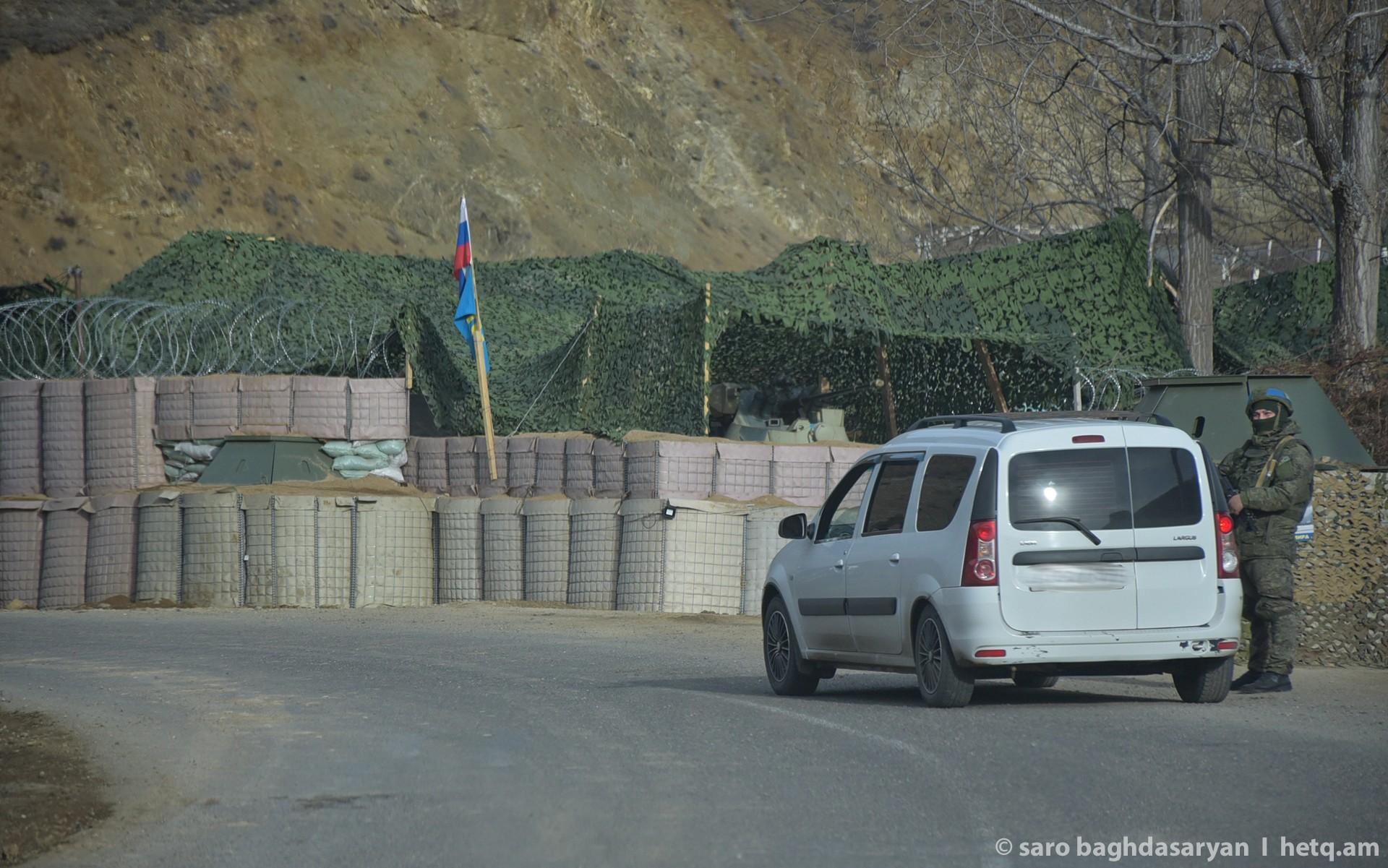
Armenians Must Leave Lachin: Few Specifics About New Corridor Linking Armenia and Artsakh
When Azerbaijan last week demanded the closure of the Lachin Corridor linking Armenia with Artsakh, the Armenian government pushed back, claiming that it had not signed off on any agreement specifying the location of the new land connection between the two Armenian states as envisaged in the November 9, 2020 tripartite deal that ended the recent Karabakh war.
Point Six of the agreement states that “within the next three years, a plan will be outlined for the construction of a new route via the Lachin Corridor, to provide a connection between Nagorno-Karabakh and Armenia, and the Russian peacemaking forces shall be subsequently relocated to protect the route.”
In late July, Baku announced that it had completed the alternate route and that the current Lachin Corridor, now monitored by Russian peacekeepers, should be closed.
Armenians still residing within the five-kilometer-wide corridor (the town of Berdzor/Lachin and the villages of Nerkin Sous, Aghavno) have been warned they will have to leave by the fall of this year.
It appears that Azerbaijan has gone ahead and paved a road from the border of the village of Kornidzor, south of the current corridor, which passes through a narrow part of the Kashatagh (Lachin) region, enters the Shushi region of Nagorno-Karabakh, passes through the villages of Hin Shen and Mets Shen and joins the current Goris-Stepanakert highway near the village of Tas Verst.
On August 4, following two days of fighting along the Karabakh Line of Contact that killed two and wounded nineteen Armenian soldiers, Armenian Minister of Territorial Administration and Infrastructure Gnel Sanosyan announced that the Tegh-Kornidzor section from the border of Armenia connecting to the new roadway would be ready by the spring of 2023. In other words, despite its public criticism of Azerbaijan, PM Nikol Pashinyan's government is following the scenario imposed by Baku.
Armenians will have to relocate from Lachin Corridor
In February 2021, Davit Davtyan (who headed the Artsakh government’s Kashatagh desk in Armenia) told Hetq that three months following the 2020 war, Armenians resided in three of Kashatagh’s former 109 settlements.
“30 people live in Nerkin Sous, 100-120 people in Berdzor, and more than 40 in Aghavno. The school in this village has 20-23 students," Davtyan told Hetq at the time. (These numbers have since changed.)
Berdzor, before the war, boasted a population of 2,000. Armenian residents of the Kashatagh capital were told conflicting stories about whether they had to leave or not immediately following the November 9 ceasefire agreement.
“Now, the status of Berdzor is not known. The Azerbaijanis says it is theirs, the Russians says it is theirs, and we say it is ours. The tripartite statement says that Armenia is provided with a 5 km wide highway to connect with Artsakh. The Russians say this is not a settlement, it is a highway. There shouldn’t be anyone living here,” Davtyan told Hetq in 2021.
Russians operate six observation posts in the present corridor
The Russian peacekeeping contingent in Karabakh daily publishes a map showing where its soldiers are stationed in and around Nagorno-Karabakh. The peacekeepers monitor the area via twenty-seven observation posts, six of which (numbers 1, 2, 24, 25, 26, 27) are in the current Lachin Corridor.
Two of the Russian observation posts (1 and 2) are located on the Goris-Berdzor-Stepanakert Road. #1 is near the Aghavno bridge, # 2 near the central intersection of Berdzor.
Observation posts 25 and 26 are located west of the Goris-Berdzor-Stepanakert Road. The first is located on the road from Aghavno to Melikashen and Tsitsernavank, on the bank of the Aghavno river, near the former dairy farm, next to which is one of the nine dams built on this river. Observation post 26 is in the northern part of Karegah village, near Berdzor, and monitors the road coming from the Gandza community.
Observation posts 24 and 27 are in the east of the corridor. The first is near the ruins of the former Shivit settlement, 1.5 km south of Aparan village. In one of the satellite photos taken in April of this year (see below), more than twenty Azerbaijani vehicles, including trucks, are parked near observation post 24 and are waiting to enter the territory of the corridor accompanied by Russians.
Observation post 27 is located in Aghanus village.
What Armenian villages could wind up in the new corridor?
If we count the security zone of the corridor on both sides of the new road as 2.5 km, then we can say that the villages of Meghvadzor and Melikahogh of Kashatagh region will come under the control of Russian peacekeepers.
The first of these, according to the Nagorno-Karabakh “Law on Administrative Territorial Division”, is currently occupied by Azerbaijan, and the second, whose territory is de facto under Azerbaijani control, was removed in 2011 from the list of settlements mentioned in the above law.
Hunanav village is also adjacent to the new road and will also enter the corridor zone. Hunanav was part of Lachin region during the Soviet era, but after the first Artsakh war, it was included in Hin Shen community of Shushi region of independent Artsakh (the community includes the villages of Hin Shen and Hunanav).
No specifics about the new corridor
In the envisaged area of the new corridor (so far there is no public information about the borders of the new zone under the control of Russian peacekeepers), the Azerbaijanis currently have a combat base. It will supposedly be removed when the Russians move further south from the Aghavno-Berdzor route.
The Azerbaijan base is only 1.3 km away from the new road in a straight line and is located at an altitude of 1050 m, which allows controlling not only the new road, but also the actual border in the Kornidzor section.
Satellite photo shows:
1. Azerbaijani military post
2. Kornidzor-Hin Shen-Mets Shen-Tas Verst new road
3. New route crosses border bridge on the Hagari River
4. Tegh-Aghavno-Berdzor-Tas Verst current road
The new route is shorter
If by "corridor" we mean the section from Armenia to the former NKAR (Nagorno-Karabakh Autonomous Region) territory, then today’s route from the Armenian border near the village of Tegh to the former NKAR border is 21 km.
As for the future route, the length of the new road built by the Azerbaijanis from the border point of Kornidzor (Hagari bridge) to the former Nagorno-Karabakh border is about 8 km (Armenian border to former Nagorno-Karabakh border).
Another question is how drivable and durable this new road will be for vehicular traffic in various weather conditions. It should be noted that the length of the new road built by Azerbaijanis is about 22 km from Hagari bridge to Tas Verst.
Photos: Archive (February 2021)
 Videos
Videos Photos
Photos
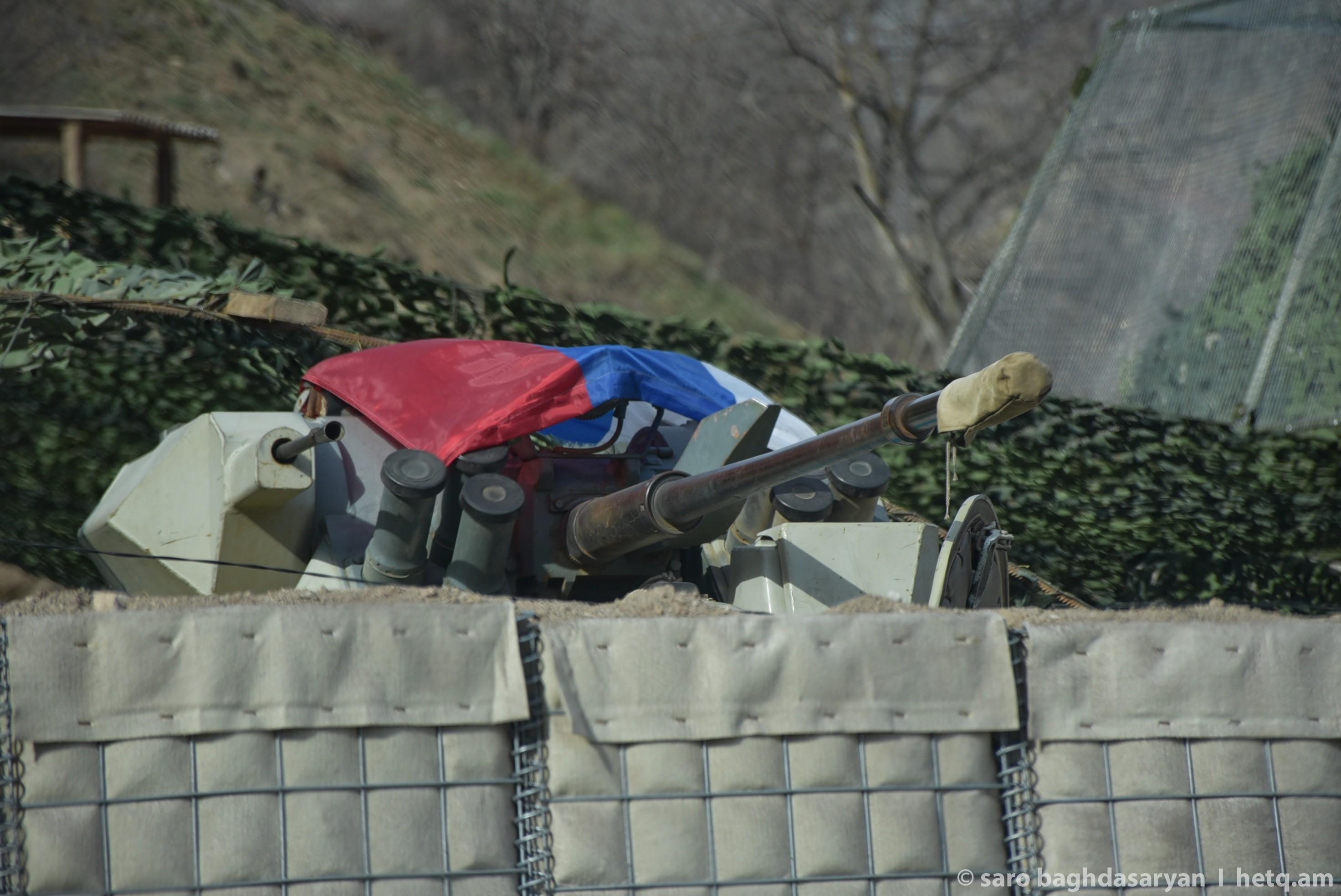
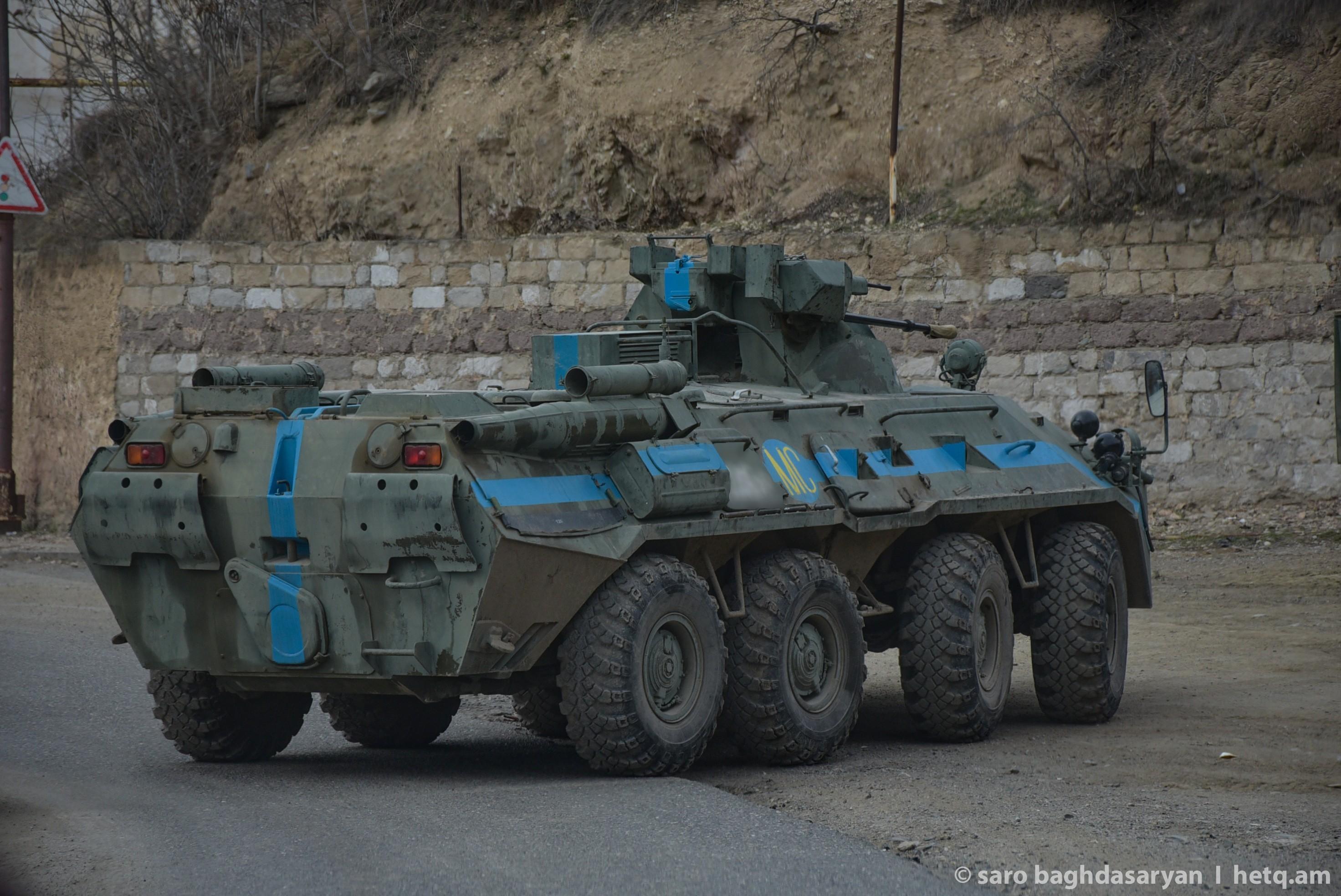
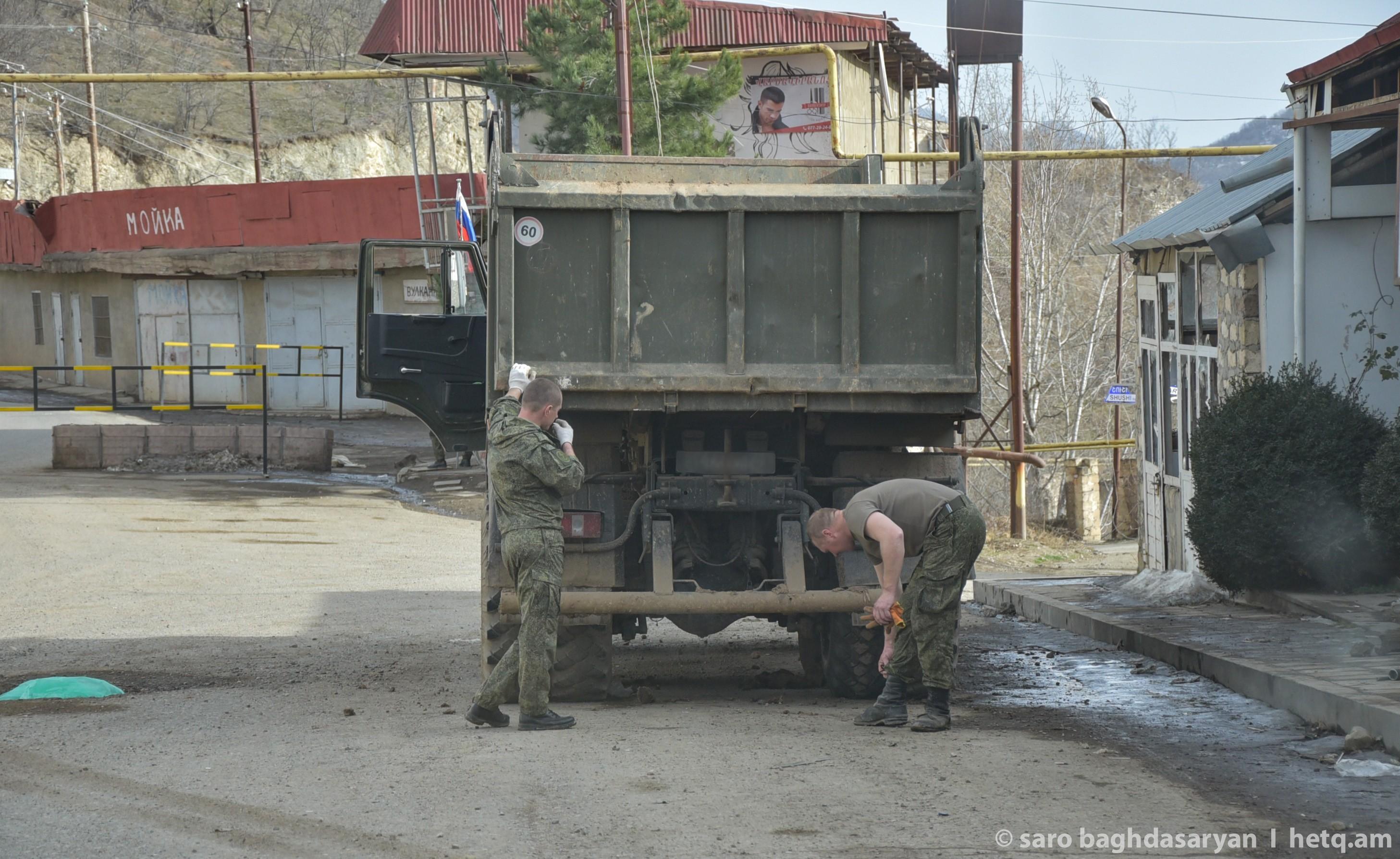
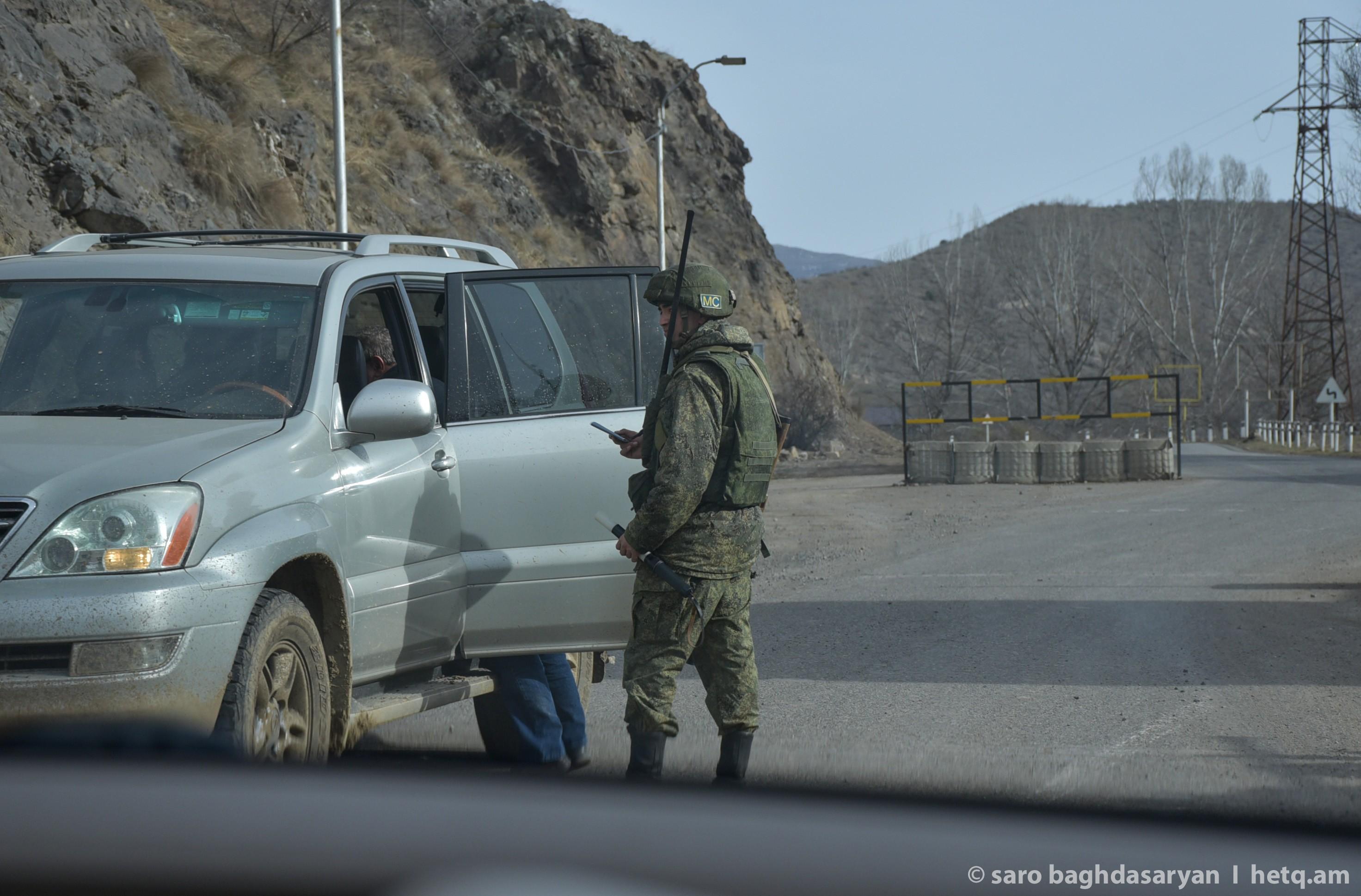
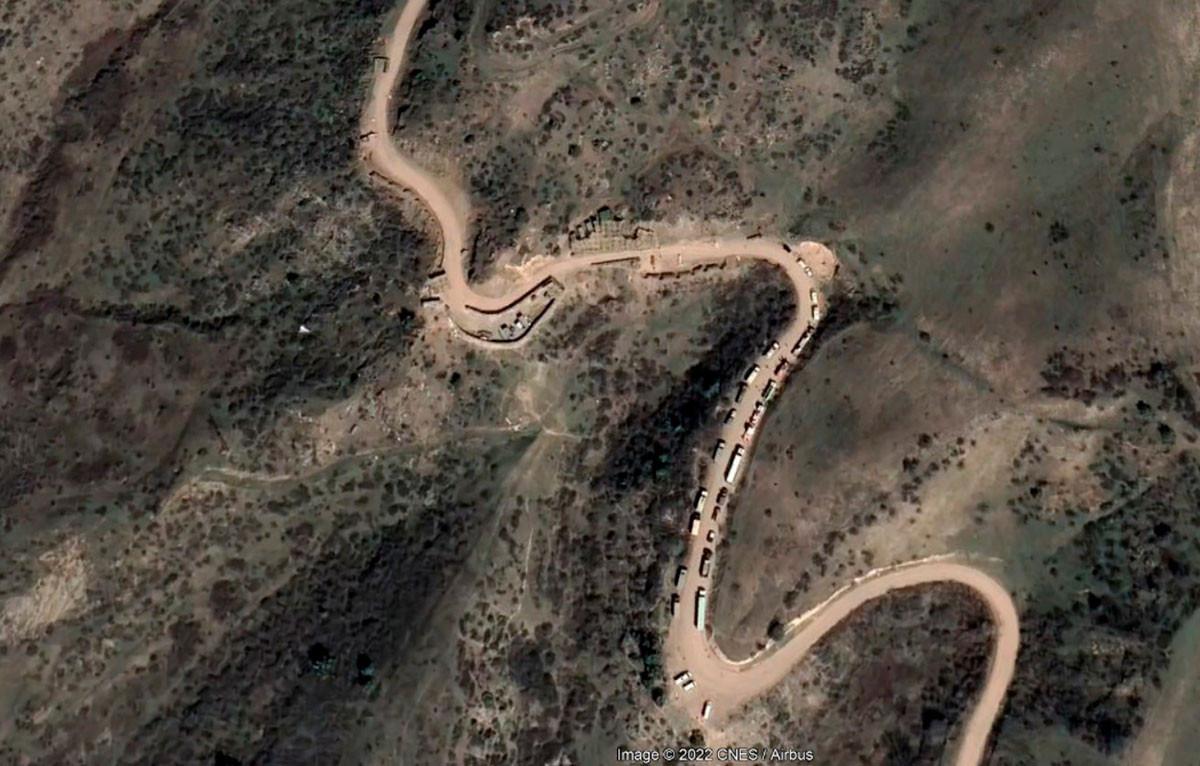

Comments (1)
Write a comment